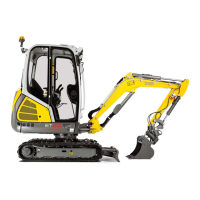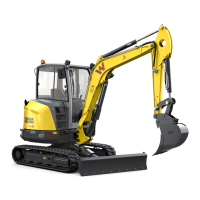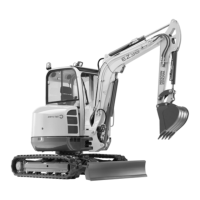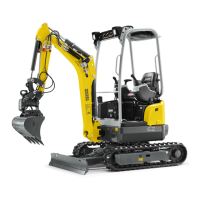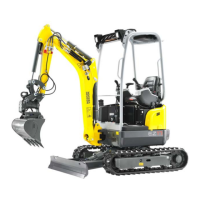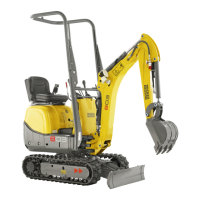45
Perform Maintenance Safely
Common Maintenance Safety Practices
Fuel Hazards
IMPORTANT! Always use approved fuel containers
and dispensing equipment.
Fuels are ammable, so observe these practices to
reduce the possibility of a serious accident.
— Shut off engine and ignition before refueling.
— Always ground the fuel nozzle against the ller neck
to avoid sparks.
— Keep sparks and open ames away from fuel.
— Do not use a cell phone or two-way radio while
fueling or handling fuel—they could cause sparks.
— Do not smoke while refueling or when handling fuel
containers.
— Do not cut or weld on or near fuel lines, tanks or
containers.
— Do not overll the tank or spill fuel. Clean up spilled
fuel immediately.
Always use a nonammable solvent when you
clean parts. Do not use gasoline, diesel fuel or other
ammable uids.
Store all ammable uids and materials away from work
areas in suitable containers, per local regulations.
Cooling System Hazards
Liquid cooling systems build up pressure as the liquid
gets hot, so use extreme caution before removing the
radiator or tank cap. Be sure to:
— Stop the engine and wait for the system to cool.
— Wear protective clothing and safety glasses.
— Turn the radiator or tank cap slowly to the rst stop to
allow the pressure to escape before removing the cap
completely.
Do Not
Loosen Cap
Until Cool
46
Perform Maintenance Safely
Hydraulic System Hazards
The hydraulic system is under pressure whenever the
engine is running and may hold pressure even after the
engine is shut off. Cycle all hydraulic controls, including
auxiliary controls, after the engine is shut down to
relieve trapped pressure in the lines.
During inspection of the hydraulic system:
— Wait for uid to cool before disconnecting the lines.
Hot hydraulic uid can cause SEVERE BURNS.
— Do not use your hand to check for leaks.
— Wear appropriate eye protection. Hydraulic uid can
cause permanent eye injury.
WARNING! Diesel fuel and hydraulic uid under pressure
can penetrate the skin or eyes and cause serious injury,
blindness or death. Fluid leaks under pressure may not
be visible. Use a piece of cardboard or wood to find
leaks, not your hand. Wear a face shield or safety
goggles for eye protection. If uid is injected into the
skin, it must be removed within a few hours by medical
personnel familiar with this type of injury.
When venting or lling the hydraulic system, loosen the
ller cap slowly and remove it gradually.
Never reset any relief valve in the hydraulic system to a
pressure higher than recommended by the manufacturer.
Follow manufacturer’s instructions when taking
oil samples.
Do not permit an open ame around the hydraulic system.
Wear
Eye Protection
High Pressure
Fluid Can Inject
Into The Body
Do Not Exceed
Factory Pressure
Settings
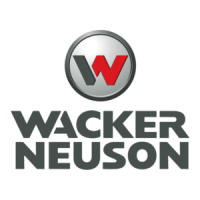
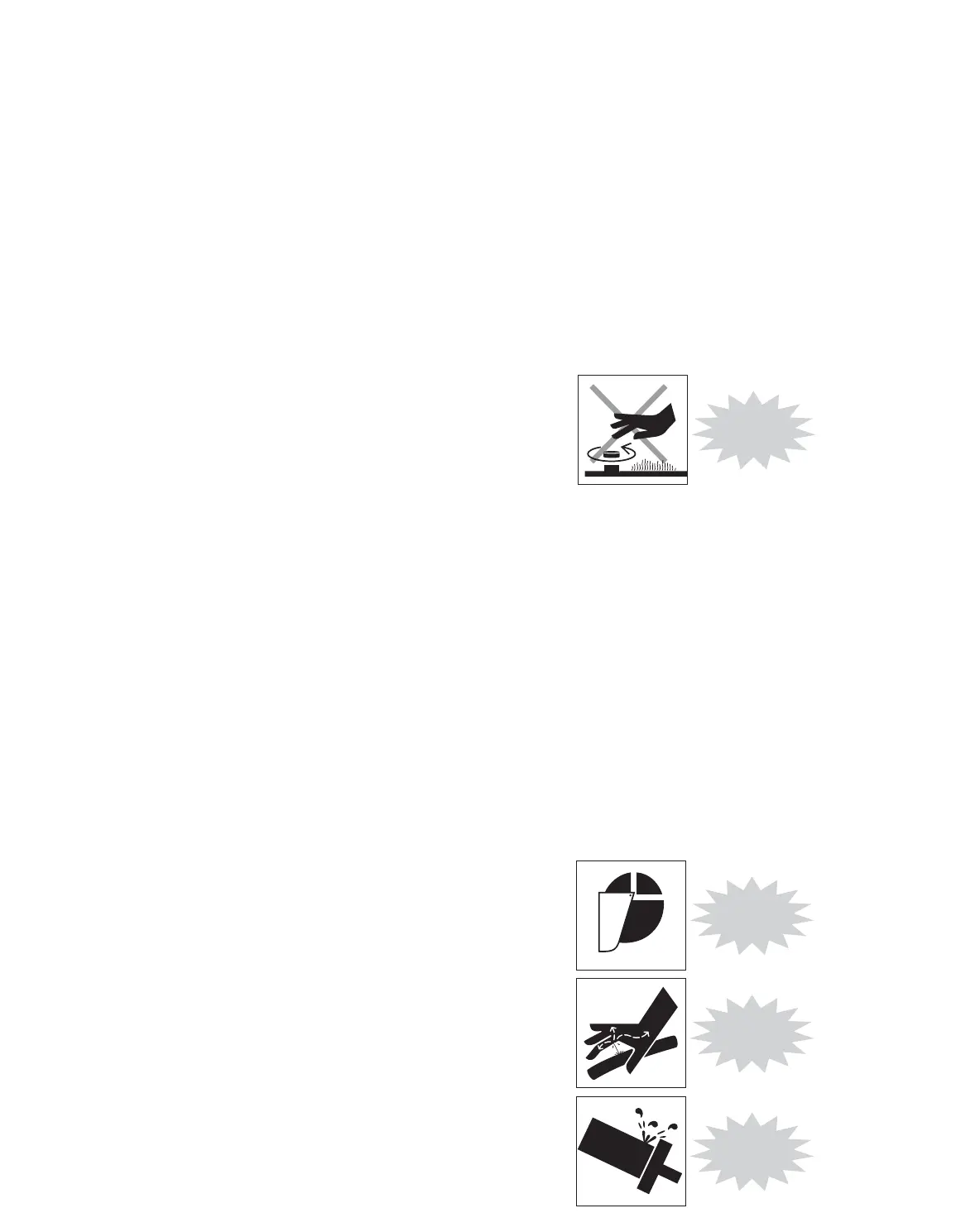